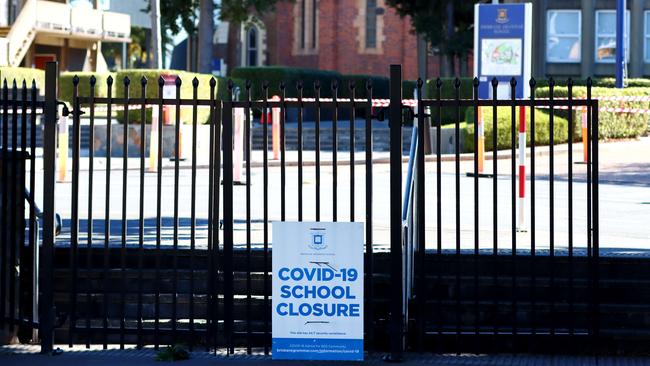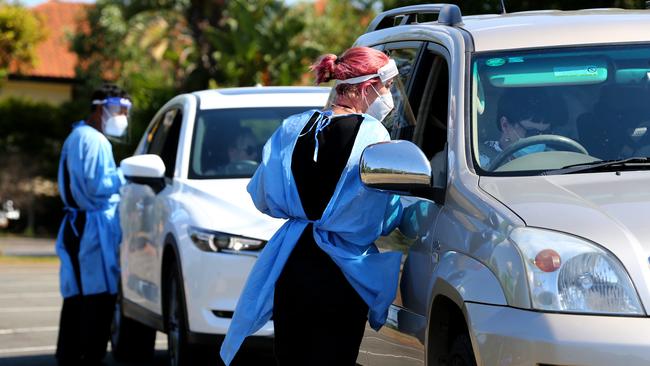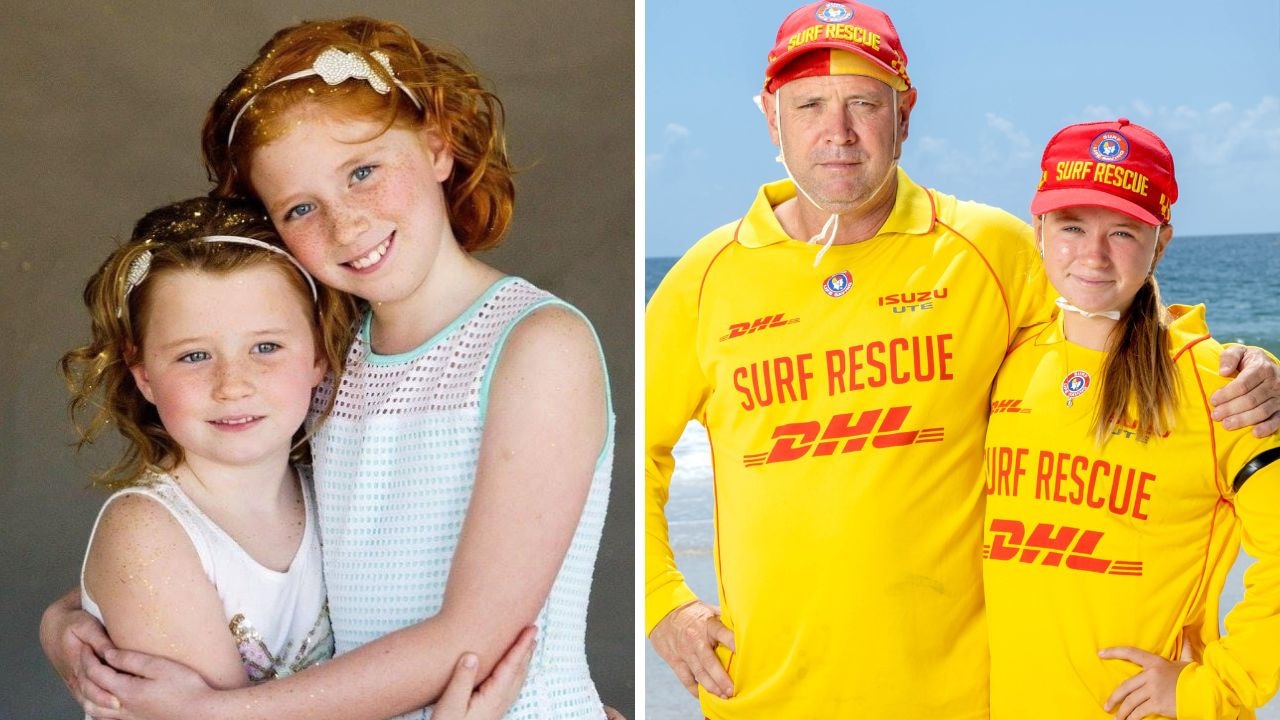Queensland’s Covid contact tracing system explained
Queensland’s exposure site list is expected to grow as more cases of Covid emerge across the state. Here’s everything you need to know about contact tracing.

QLD News
Don't miss out on the headlines from QLD News. Followed categories will be added to My News.
A surge in Covid cases in Queensland as more people arrive from hotspots will see the state’s exposure site list grow.
Health Minister Yvette D’Ath said contact tracing, quarantine and testing would continue to be used to battle the virus.
There are currently 94 exposure sites listed in Queensland as at 9am Wednesday, with 17 of those close contacts, 45 casual and 32 low risk.
Most close contact sites involve flights and gyms, while casual and low risk contact sites are dominated by shopping centres and petrol stations.
This is how Queensland’s contact tracing system works.
WHAT IS A CLOSE CONTACT?
A close contact is someone identified to have been in close proximity of someone with Covid-19.
Chief Health Officer Dr John Gerrard said it generally meant there was at least 15 minutes of ‘face-to-face’ contact but there was ‘no simple definition’.
These people must immediately isolate for 14 days from the time they were at the venue, complete an online close contact form and quarantine even after receiving a negative test result.
Anyone who lives in the same house as a close contact must also quarantine for 14 days.

WHAT IS A CASUAL CONTACT?
A casual contact is someone who has been to a location at the same time as someone with Covid.
Causal contacts must travel directly home by private transport to quarantine and get tested at their earliest opportunity.
The quarantine period will continue until a negative result is received.
Close contacts must continue to monitor for symptoms and get tested if they become symptomatic.
WHAT IS A LOW RISK CONTACT?
Low risk contacts must get tested at their earliest convenience but do not need to quarantine until receiving a negative test result.
They should continue to monitor for symptoms and get tested and isolate if they become symptomatic.

HOW MANY EXPOSURE SITES ARE THERE IN QUEENSLAND?
As at 9am Thursday, there are 94 exposure sites in Queensland with 17 of those deemed close contacts, 45 casual and 32 low risk.
Close contact sites include flights and gyms while causal contacts are primarily shops.
Low risk sites include entire shopping centres where a Covid positive person has been.
HOW CAN YOU AVOID BEING AT AN EXPOSURE SITE?
Exposure sites can appear anywhere, particularly in crowded places like shopping centres and airports.
People who want to keep safe from contracting Covid-19 at a potential exposure site should steer clear of crowded areas and keep a 1.5 metre distance from others.
HOW DOES THE OMICRON VARIANT IMPACT EXPOSURE SITES?
Omicron is expected to be more highly transmissible than other variants of Covid, and as a result more locations are likely to be considered close contact exposure sites.
Originally published as Queensland’s Covid contact tracing system explained


